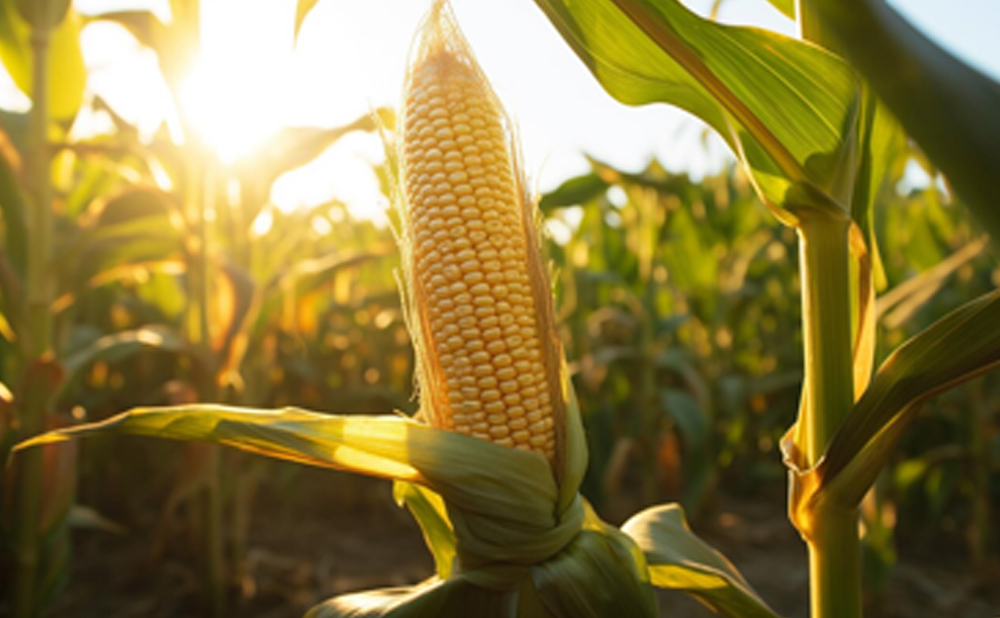
Mar 06, 2025
Maize is one of the most widely cultivated crops, serving as a staple food and a key ingredient in various industries. Achieving high maize yields requires a strategic approach that considers multiple factors, from soil preparation to pest management. Farmers must focus on selecting the right maize variety, ensuring optimal irrigation, using balanced fertilization, and protecting crops from pests and diseases. By following best practices, maize production can be significantly improved, leading to better profitability and food security.
Producing a high maize yield depends on multiple factors that influence plant growth, development, and final output. Farmers must adopt the right strategies to ensure their crops receive optimal conditions for growth. Below are the key factors that contribute to higher maize production.
Healthy soil is the foundation of a successful maize crop. Farmers should conduct soil testing to determine nutrient levels and pH balance. Maize grows best in well-drained, loamy soil with a pH of 5.5 to 7.0. Incorporating organic matter and applying the right combination of nitrogen (N), phosphorus (P), and potassium (K) ensures strong root development and high grain production.
Different maize varieties perform differently based on climate, soil conditions, and resistance to diseases. Farmers should choose high-yielding, drought-tolerant, or disease-resistant hybrids suited to their region. Early-maturing varieties are ideal for short growing seasons, while late-maturing types are better for extended production cycles.
Planting maize at the right depth and spacing improves root establishment and reduces competition for nutrients. The recommended planting depth is 3–5 cm, with spacing of 20–30 cm between plants and 60–75 cm between rows. Uniform planting ensures better sunlight exposure and airflow, reducing disease risks.
Weeds compete with maize for nutrients, water, and sunlight, leading to reduced yields. Farmers should apply pre-emergence and post-emergence herbicides or practice mechanical weeding. Crop rotation with legumes such as beans or groundnuts helps replenish soil nitrogen and prevents soil degradation.
Maize is sensitive to temperature and rainfall patterns. It thrives in temperatures between 18–30°C and requires at least 500–800 mm of rainfall per growing season. Monitoring weather patterns and adjusting farming practices accordingly help in maintaining a stable yield.
Water is essential for maize growth, especially during germination, flowering, and grain filling. The crop requires 500–800 mm of water throughout its cycle, and any shortage can reduce yield.
Using the right irrigation method improves water efficiency. Drip irrigation minimizes evaporation, sprinkler irrigation ensures even water distribution, and furrow irrigation suits flat fields. Proper scheduling prevents overwatering and nutrient loss.
To conserve water, farmers can use mulching, rainwater harvesting, and soil moisture sensors to maintain hydration. Good drainage prevents waterlogging, which can damage roots. Efficient water management ensures healthier maize crops and stable yields.
Balanced fertilization is key to strong maize growth. The crop requires nitrogen (N) for leaf development, phosphorus (P) for root growth, and potassium (K) for grain formation. Applying fertilizers at the right time, such as nitrogen during early growth and flowering, improves yield. Organic matter like compost also boosts soil fertility.
Pest control is equally important to prevent crop damage. Common threats include fall armyworms, stem borers, and aphids. Farmers can use biological control methods, crop rotation, and resistant maize varieties to minimize infestations. Timely pesticide application helps protect crops while maintaining sustainability.
Achieving high maize yields requires careful planning and proper farm management. Key factors such as soil preparation, seed selection, irrigation, fertilization, and pest control play a significant role in maximizing production. Ensuring that maize receives the right nutrients, adequate water, and protection from pests helps in maintaining healthy crop growth and improving profitability.
Farmers who adopt efficient irrigation methods, balanced fertilization, and sustainable pest management practices can achieve consistent and high-quality yields. By following these expert tips, maize production can be optimized for better food security and economic benefits.